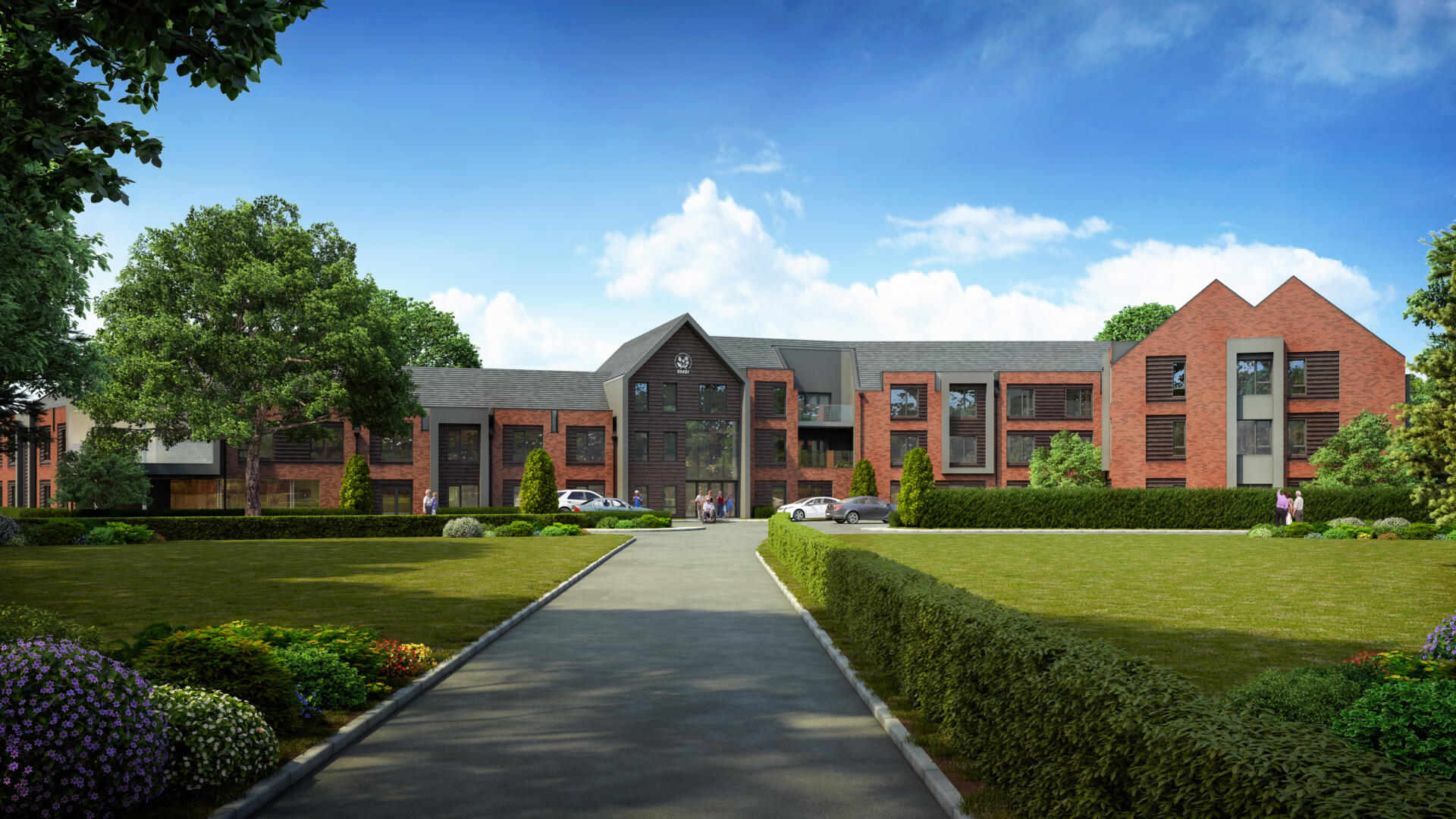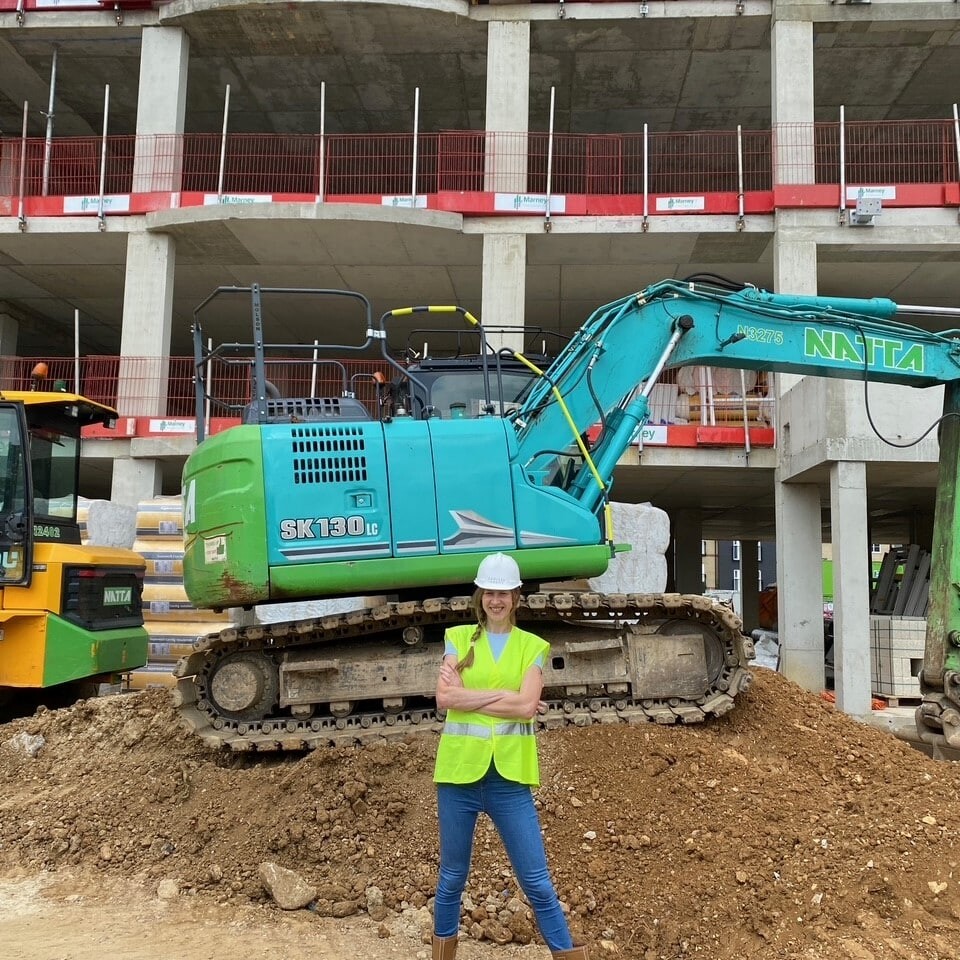Up until COVID-19, design in care homes had evolved to incorporate integration between residents. However, post pandemic, a higher degree of focus is on the ability to self-isolate, enhance infection control and reduce touch points where necessary. We envisage an increase in retrospective fits and extensions to older purpose-built assets to include wet-rooms and to reduce the use of shared assisted living bathrooms. Such retrospective fits will present challenges for older converted care home assets, due to their compromised layouts.
Other design ideas that are being discussed in the market or that have already been incorporated include:
+ Duel entry into the homes so that visitors have their own separate access
+ Pods/outbuildings for residents to meet their loved ones in a socially distant way
+ Compartmentalisation of the bedrooms allowing flexibility to adapt to form social bubbles
+ Adequate outdoor space and garden design.
We think technology will continue to play its part to reduce touch points where necessary, whether that is via acoustic monitoring, motion sensors or other forms of technology. Key considerations and challenges for care home developers, operators and investors when acquiring care home sites.
As part of the land sourcing process, we follow a stringent process for our clients in identifying suitable care home development opportunities. An ideal care home development site would typically comprise 1-2 acres on a regular shaped site with suitable topography, in a location that is accessible for staff and visitors. The micro-location, affluence profile and setting is also imperative. There also needs to be demand for a care facility from an asset quality perspective within the catchment area.
A higher degree of due diligence is now being carried out to support financial modelling and investment proposals. Obtaining satisfactory planning consent continues to present its challenges and we are being asked by the relevant planning authorities, now more than ever, to provide needs assessments to support such planning applications along with sequential testing to identify alternative, suitable sites.
Over the next 18 months, we can expect to see an acceleration in care home site acquisitions due to the sector’s robust fundamentals, a substantial focus on design to enhance infection control and repositioning of existing care home facilities.
Read more detail in our White Paper The future of care and how design can influence its evolution


